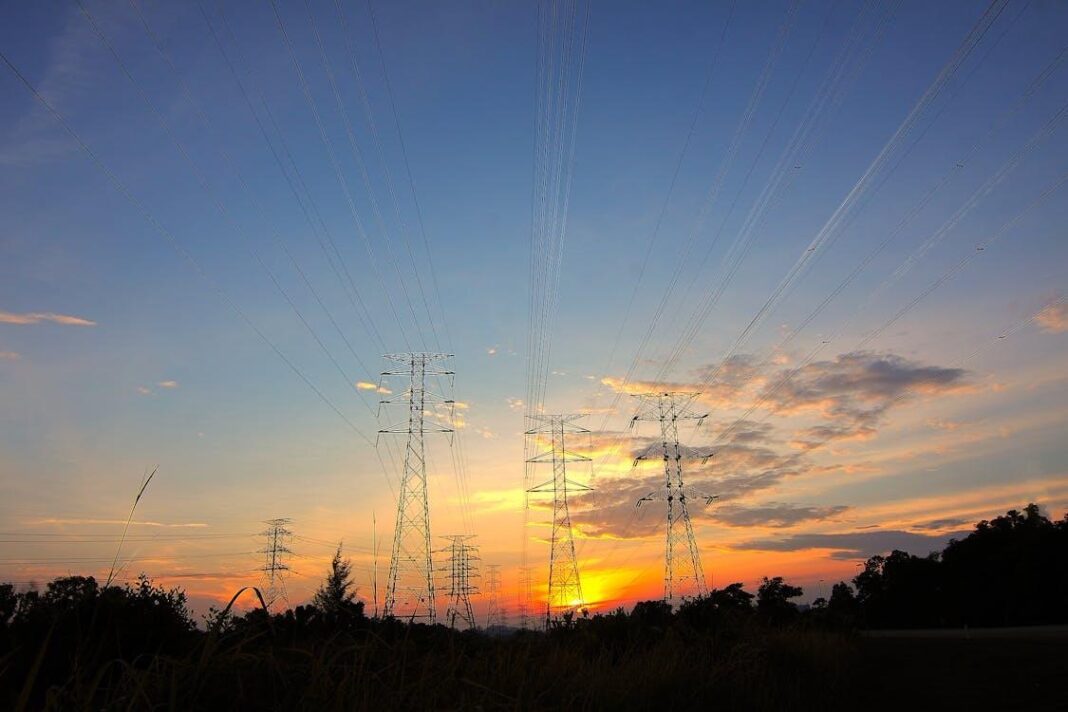In the Nordic electricity exchange, a common term that many consumers may hear about is the spot price or spotpris. However, what does this mean in the first place, and could you save electricity with it in the first place? See arguments and prospects about electric spot pricing when you click here.
The Nord Pool sets the pricing, and this is often dependent on the supply and demand in an area. It’s going to be the charge of various companies for selling electricity to its consumers. Costs are not based exclusively on the market but there are also taxes, power transmission, and distribution fees that are taken into consideration.
Sweden, Norway, Denmark, Finland, and other Baltic states within neighboring countries are often the ones setting the prices. Various factors can affect the prices and they can include political decisions, available power from nuclear power plants, and the costs of raw materials.
Who is Affected by these Prices?
Consumers who have signed up on a variable price agreement are the ones that are generally affected by this, and the more a company needs to pay on the Nord Pool, the higher the people are going to pay for the supply. Pricing can go up and down drastically depending on your usage, and people who may not use this strategically may find themselves paying more over the long run. They can also be influenced by which region you live in, and the distribution or larger volumes of electricity will have to be transported to far places from the north of the country.
In wholesale markets, both the buyers and suppliers may trade electricity in real-time, and they may use a complex bidding process or algorithm to establish a clear figure at each interval. The results can vary depending on the hour of the day, and there might even be negative values when the supply is in excess.
Fortunately, in this kind of setup, the homeowners will be able to make adjustments based on their patterns of usage, especially when the costs are low. They might want to avoid doing the laundry or washing piles of dishes during the peak hours in the morning when everyone is also getting ready for work, and any non-essential activities like charging their electric vehicles can also be done at night. Various incentives can be achieved with this, and the technology can offer greater flexibility for those who can maximize their contracts.
You can take advantage of energy storage solutions, smart appliances, and other accessories that will respond well to the changes in pricing. Some of the top tips on how you can save with this method are the following:
1. Monitoring the Current Rates in your Area
A simple search on the internet can help you determine the pricing of the electricity in your area in the next hour or so. You can also see this option with the right electricity providers from .bestestrøm.no/spotpris/ that are transparent with their rates. They will help you determine at which point of the day you’ll need to maximize your electricity usage and when is the right time to do most of your work.
2. Shifting to the Off-Peak Hours
Take advantage of the lowest charges at midnight or during the early mornings. They are the best times to clean the home, wash the dishes, and switch on your gaming consoles.
3. Being More Energy-Efficient with your Appliances
Switch your HVAC into dual inverters, utilize newer models of furnaces, do repairs, clean the filters, and make sure that your compressor is not working too hard. These are all just some of the things that you can do in your home. Consider switching to LED lights if possible and turn them all off when not in use.
4. Take Advantage of the Smart Technologies
These are the thermostats that you can program, smart meters, and home automation that you can generally control and monitor. They can help you set up the temperature or turn off the lights when you’re not at home, and they can maximize your savings overall.
5. Demand Response Program Participation
Various providers often educate their customers about the benefits of utilizing less energy and how to become eco-friendly in their homes. They are often going to be offered by third-party providers and utility companies, and they are helpful when you want more tips and tricks on how they are operating in the first place. Tax credits, discounts, and other financial rewards can also be reaped when you’re with the provider.
6. Sustainable Energy Sources
Consider the installation of solar panels or energy derived from wind turbines and geothermal energy. When you’re able to significantly decrease your reliance on grid-supplied powers, you can save more and even have electricity when you have outages in your area. Offset some of the costs, and this can be achieved during periods when the prices are higher than usual. Even if the initial investment seems high, know that this is going to be beneficial to everyone involved.
Selecting the Right Providers in Your Area
Start by doing some in-depth research and determine which providers can help you with lowering your bills. Evaluate the kind of support that they give to their clients and read reviews online about them. These are going to give you very important insights about their reliability and the quality of service that they can give. You also need to look for patterns and recurring issues that people are talking about so you can make wiser decisions.
Of course, don’t miss out on the welcome bonuses and rewards that they may give to their current customers. Value-added services like renewable energy options and assessments can be attractive packages, but make sure that you’re signing up with a provider that can fix electrical emergencies in your area and maintain the grid to prevent fire.
Also read Dealing with Opioid Addiction and the Roadblocks That Await
